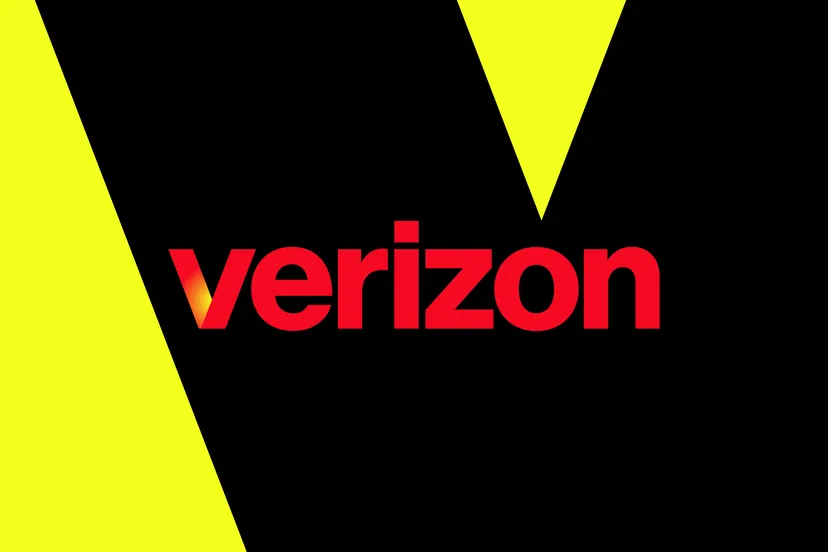On September 30, 2024, Verizon faced a significant outage that disrupted mobile services for users across the United States. This incident left many customers unable to make calls, send texts, or access data on their devices. Reports indicated that a substantial number of users experienced their phones switching to SOS mode, signaling a loss of cellular connectivity. Fortunately, by the evening, Verizon announced that services had been restored.
The Scope of the Outage
The outage lasted for several hours, with users reporting issues beginning early in the day. Verizon acknowledged the disruption and communicated with affected customers via social media. By 7:18 PM ET, the company posted on its official Verizon News account on X, stating, “Verizon engineers have fully restored today’s network disruption that impacted some customers. Service has returned to normal levels. If you are still having issues, we recommend restarting your device. We know how much people rely on Verizon and apologize for any inconvenience. We appreciate your patience.”
The scale of the outage was notable. Downdetector, a service that tracks internet disruptions, reported significant spikes in user complaints throughout the day. At one point, the platform recorded three separate fifteen-minute intervals where over 100,000 users reported issues. In total, Downdetector logged more than 1.5 million reports of service problems between 8 AM ET and 4 PM ET, indicating a widespread disruption.
Regional Impact and User Experiences
The outage primarily affected users along the East Coast, although reports came in from various locations across the country. A comprehensive analysis of the outage map indicated hotspots in numerous cities, with users from areas such as Paducah, Birmingham, and Fairhope among those experiencing issues. An alternative outage tracking website also compiled a list of cities affected, including Montgomery, Mobile, and Rogers, showcasing the extensive reach of the problem.
Throughout the day, Verizon’s support account actively responded to customer inquiries and complaints. Many users expressed frustration over their inability to connect, highlighting the reliance on mobile services for both personal and professional communication. In addition to voice and text services, the outage impacted data connectivity, which hampered users’ access to essential applications and services that require internet connectivity.
FCC Involvement and Investigation
The Federal Communications Commission (FCC) took note of the widespread outage, confirming that it was monitoring the situation closely. The agency indicated that it was working to ascertain the cause and extent of the service disruptions. Such involvement underscores the significance of mobile service reliability in today’s interconnected society, where many individuals depend on their devices for daily communication, work, and information access.
As part of its ongoing efforts to ensure reliable telecommunications, the FCC often investigates significant service interruptions. The involvement of regulatory bodies is critical, as they help maintain standards and ensure that service providers adhere to regulations that protect consumers.
Responses from Users and Community Impact
In the aftermath of the outage, social media was abuzz with reactions from users who experienced the disruption. Many shared their frustrations online, expressing concern over the reliability of Verizon’s services. Some took the opportunity to voice their opinions about mobile service providers in general, while others discussed alternative options available in the market.
Communities that rely heavily on mobile connectivity faced particular challenges during the outage. For instance, emergency services, businesses, and remote workers were left scrambling to find alternative means of communication. The disruption highlighted the critical role that reliable mobile service plays in everyday life and the potential consequences when such services fail.
Lessons Learned and Future Implications
The recent Verizon outage serves as a reminder of the vulnerabilities within the telecommunications infrastructure. As reliance on mobile services continues to grow, providers must ensure that their networks are resilient and capable of handling increased demand. Outages of this magnitude can prompt users to reevaluate their choices in mobile providers, especially if such incidents occur frequently.
In response to the outage, Verizon will likely conduct a thorough investigation to understand the root cause and prevent future occurrences. Enhancing network reliability should be a priority for service providers, as consumer expectations for uninterrupted connectivity only continue to rise.
Looking Ahead: The Future of Mobile Services
As mobile technology evolves, so do the expectations of consumers. High-speed data, seamless connectivity, and reliable service are no longer considered luxuries but essential components of modern life. Verizon and other providers must adapt to these demands by investing in infrastructure and adopting innovative technologies.
The incident also underscores the importance of effective communication from service providers during outages. Swift and transparent communication can help mitigate customer frustration and maintain trust. Companies that prioritize customer service and proactive communication are more likely to retain their user base, even during challenging times.
Conclusion
Verizon’s recent nationwide outage affected millions of customers and highlighted the challenges associated with maintaining robust mobile services. While the company has successfully restored services, the incident serves as a cautionary tale for telecommunications providers. As consumers increasingly depend on mobile connectivity for their daily lives, providers must prioritize reliability and transparency.
The FCC’s involvement also emphasizes the need for regulatory oversight in the telecommunications sector, ensuring that companies remain accountable for their service quality. Ultimately, the landscape of mobile services is continuously changing, and both providers and consumers must remain vigilant to navigate the complexities of connectivity in the modern world.
